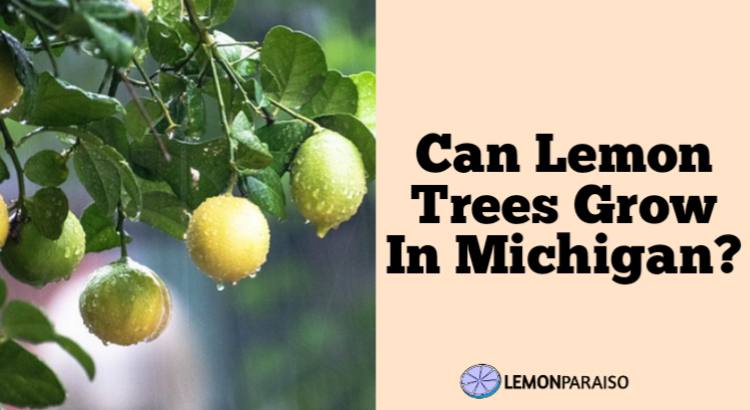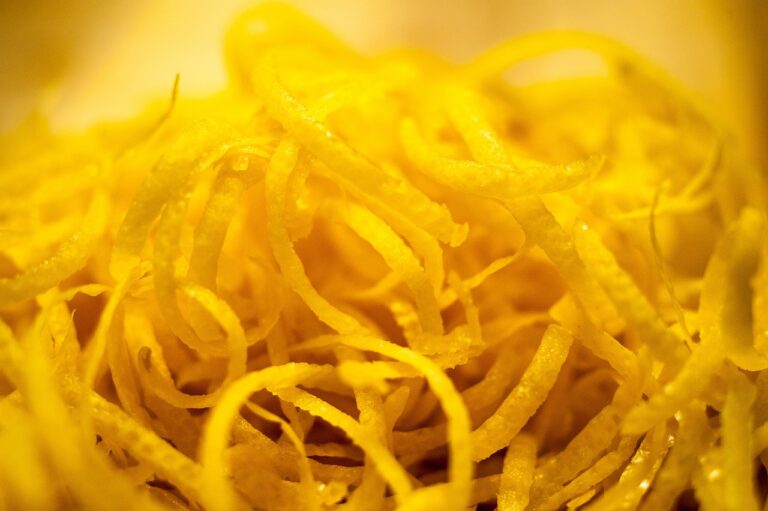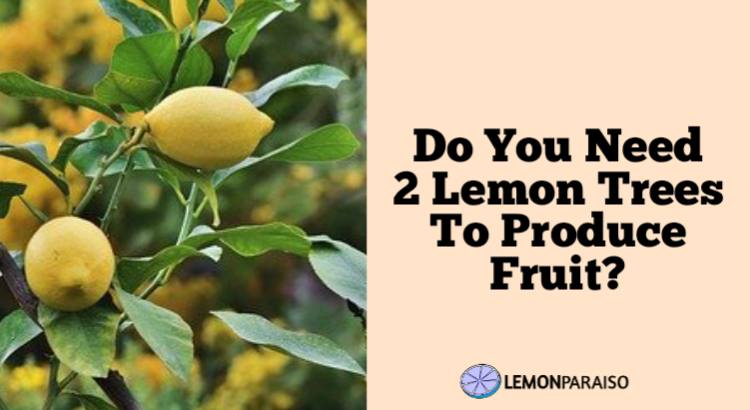Overwatered Meyer Lemon Tree
Meyer lemon trees (Citrus × meyeri) are prized for their fragrant blossoms and sweet, tangy fruits. However, despite their hardiness, these citrus trees are susceptible to overwatering, a common issue that can lead to various problems. Overwatering can compromise the health of Meyer lemon trees, affecting their growth, fruit production, and overall vitality. In this article, we will explore the signs and symptoms of an overwatered Meyer lemon tree, along with 10 reasons for overwatering and practical solutions to address this issue.
Overwatered Meyer Lemon Tree: Causes, Symptoms, and Solutions
1. Yellowing Leaves:
Yellowing leaves are a telltale sign of an overwatered Meyer lemon tree. When the roots are waterlogged, the tree struggles to absorb nutrients, resulting in chlorosis. This condition weakens the plant and diminishes its ability to produce healthy foliage.
Solution:
To remedy yellowing leaves caused by overwatering, allow the soil to dry out between watering sessions. Adjust the watering frequency based on environmental conditions and the specific needs of your Meyer lemon tree. Consider improving soil drainage and repotting the tree if necessary.
2. Root Rot:
Excessive moisture around the roots can lead to the development of root rot, a fungal disease that affects the root system. Root rot causes the roots to decay, hindering their ability to support the tree.
Solution:
To combat root rot, ensure proper soil drainage and avoid waterlogging. Adjust your watering schedule, and consider adding organic matter to the soil to enhance aeration. Fungicidal treatments may be necessary in severe cases.
3. Wilting and Drooping:
Overwatering can lead to wilting and drooping of Meyer lemon tree branches, even though the soil is consistently moist. This paradoxical symptom is a result of root damage, preventing the plant from taking up water efficiently.
Solution:
Address wilting and drooping by adjusting the watering schedule. Allow the soil to dry out slightly between waterings to promote healthier root function. Prune affected branches to stimulate new growth.
4. Stunted Growth:
An overwatered Meyer lemon tree may exhibit stunted growth, with the plant struggling to develop new branches and reach its full potential.
Solution:
Promote healthier growth by allowing the soil to dry out adequately between watering sessions. Ensure the tree receives sufficient sunlight and provide a balanced fertilizer to support overall development.
5. Mold Growth on Soil:
Excessive moisture promotes the growth of mold on the soil surface, signaling an overwatering issue. Mold can negatively impact soil health and affect the tree’s root system.
Solution:
Improve soil aeration by using well-draining potting mix. Allow the soil to dry out between waterings, and remove any visible mold growth. Consider adjusting the watering frequency based on environmental conditions.
6. Foul Odor from Soil:
Overwatered soil may emit a foul odor due to the presence of anaerobic bacteria, which thrive in waterlogged conditions.
Solution:
Enhance soil aeration by incorporating organic matter and perlite into the potting mix. Adjust the watering schedule to prevent waterlogging and promote a healthier microbial environment in the soil.
7. Edema on Leaves:
Edema, characterized by blister-like formations on the underside of leaves, is a common symptom of overwatering. It occurs when the plant takes up water faster than it can transpire.
Solution:
Mitigate edema by regulating watering practices. Ensure the soil has proper drainage, and avoid overwatering during periods of high humidity. Prune affected leaves if necessary.
8. Fruit Drop:
Overwatering can lead to premature fruit drop, as the excess moisture disrupts the normal development and maturation of Meyer lemons.
Solution:
Improve fruit retention by maintaining a balanced watering schedule. Adjust irrigation based on environmental conditions and the specific needs of the tree. Provide proper nutrients through fertilization to support fruit development.
9. Leaf Curling:
Leaf curling is a common response to overwatering, as the roots struggle to absorb water efficiently. This condition can affect the overall health and appearance of the Meyer lemon tree.
Solution:
Address leaf curling by allowing the soil to dry out between waterings. Ensure proper soil drainage and consider repotting the tree with a well-draining potting mix. Prune affected leaves to promote new, healthy growth.
10. Soil pH Imbalance:
Overwatering can lead to a shift in soil pH, affecting nutrient availability for the Meyer lemon tree. This can result in nutrient deficiencies or toxicities.
Solution:
Regularly monitor soil pH and make adjustments as needed. Use appropriate amendments to maintain a slightly acidic to neutral pH range for optimal nutrient uptake. Implement a balanced fertilization schedule to address nutrient imbalances caused by overwatering.
Conclusion:
Overwatering is a common challenge for Meyer lemon tree owners, but with proper care and adjustments, it can be effectively managed. By recognizing the signs of overwatering and implementing targeted solutions, you can ensure the health and vitality of your Meyer lemon tree, fostering optimal growth and bountiful fruit production. Remember, a well-balanced approach to watering, soil management, and overall tree care is key to cultivating a thriving Meyer lemon tree in your garden or home.





